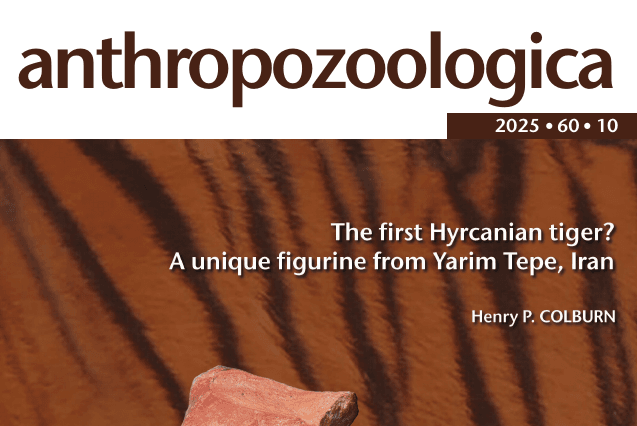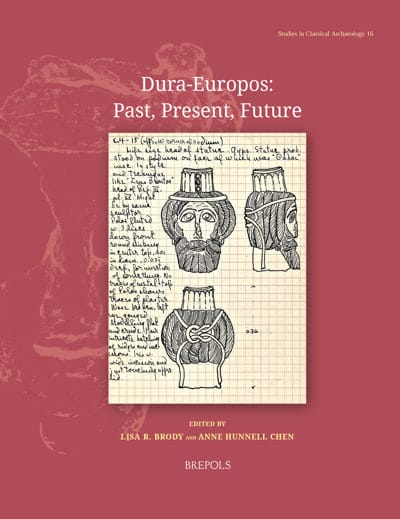Colburn, Henry P. 2025. The first Hyrcanian tiger? A unique figurine from Yarim Tepe, Iran. Anthropozoologica 60(10). 131–142.
The article is also available here.
Tigers (Panthera tigris Linnaeus, 1758) are rare in ancient art outside of India and Central Asia. In the Mediterranean world they were associated with the East, and all the danger and exoticism that it entailed, especially with the region of Hyrcania (modern Gorgan), on the southeastern coast of the Caspian Sea. In Iran itself they do not appear until the Sasanian Empire (c. 224-651 CE), and their appearance has been attributed to influence from Central Asia. However, a ceramic figurine of a tiger was excavated at Yarim Tepe in Golestan Province, Iran (in the region of Gorgan) in 1960. It is made of a ceramic fabric known to archaeologists as “Caspian Black-on-Red Ware”, and based on its occurrence at other sites in northeastern Iran such as Shah Tepe, Tureng Tepe and Tepe Hissar, this type of pottery, and the tiger itself, likely dates to c. 3500 to 3100 BCE. This would make it among the oldest depictions of a tiger in the ancient world and certainly the earliest in Iran. Although the exact purpose of the figurine is unknown, it must have played a role in the identities of the people living at Yarim Tepe. As such, it stands at the head of a long line of images of tigers in later Iranian art and literature.
Abstract










